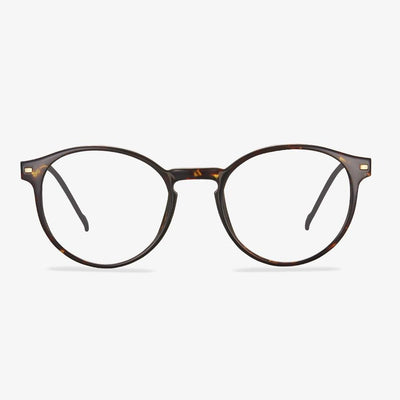Driver's protective glasses
The principle of the driver's protective glasses is to use the special film on the glasses to reflect the strong light hitting the glasses back to protect the eyes. It can protect against ultraviolet, infrared and blue light on foggy and rainy days. In snowy weather and at night, the wearer can see the scenery more clearly, and it can also increase the vividness of red, yellow, green, white, and other colors, and eliminate the glare and reflected light of the oncoming cars when meeting cars at night.
Silhouette Rimless 5515 (7799) TMA The Must Collection
These highly stylish lightweight rimless glasses provide a sense of freedom and independence with a clean and professional look. With rimless technology, it's so clear you barely notice you're wearing it. The unhinged ends are easy to adjust and the sturdy frame has corrosion-resistant titanium durability. It provides a lightweight and professional look outline. But the intricate temple details, lively color choices, and thoughtful decor add refinement to your glasses.
Titanium glasses are very popular.
Nowadays, the relatively popular titanium glasses, taken from titanium metal light, are not easy to break, are elastic, have super corrosion resistance, have a good touch, are non-allergic, and have memory characteristics. They have become a new type of glasses frame material. So that the wearer will no longer wear traditional overweight glasses, with no long-term pressure on the bridge of the nose caused by muscle oppression, and another discomfort. And they do not have to worry about glasses after long-term use of discoloration and lackluster and other problems. The titanium frame is more and more popular and becoming a fashion. Especially the high-end business elites praise pure titanium frame. No matter from the material, lens frame, suitable crowd, they can say to be an especially good choice!
Choose the right clear sunglasses for your face shape.
A clear eyeglass frame suits the person of different face shapes according to different shapes. For example, a heart-shaped face suits the clearest eyeglass frame, and a square face suits an elliptical transparent eyeglass frame. A round face suits the clear eyeglass frame with an outline. The long face suits the clear eyeglass frame with some width and so on. There are many kinds of clear frames, like oval, round, square frames, and so on.
When choosing clear frames, be careful to choose one that fits the shape of your face. Oval and the round clear frame are more suitable for heart-shaped faces, square faces, and long faces. People with round faces should avoid large frames, dark frames, and wide edges, and don't wear round or square frames.
Anti-reflection Coating
Anti-reflection Coating, known as reflective coating and antireflection film, is called anti-reflection coating in English, or AR Coating for short. Initially, anti-reflection coating technology was used in the sights of weapons. It was only after the war that the technique was used to improve the performance of eyeglasses. Another problem occurs when taking pictures because the lens's surface is relatively reflective. The resulting photos don't show the eyes of friends who wear glasses. This problem is solved by plating anti-reflection film.
Colored Clear sunglasses
The glasses style is distinctive, with an exaggerated outer edge and blue clear design. They show youth breath. The small eyebrow on the glasses side that shows faintly lets the whole look more stereoscopic. Relative to other colorless clear sunglasses, color clear glasses convey a strong youth breath. It is all color design that greatly enriched the color part of the overall image.
Types of Bifocal Lenses
Executive: in this type of bifocal lens, the lens is separated completely from each other and the upper part of the lens and the lower part of the lens are divided into two equal halves. There is a distinction line and it is visible.
Progressive lens: these types of lenses are more popular than the other kind of lenses. There is no line in the progressive lens. There is a slow transition of the power from the upper part of the lens to the lower part of the lens.
Progressive multifocal lenses: a progressive multifocal lens gradually changes power from the upper part of the lens to the lower part of the lens and gives a smooth transition between the two different types of bifocal lenses. There is no distinction line in the lens. They are popular because they provide better adaption, comfort, and clarity than the other lenses.











































